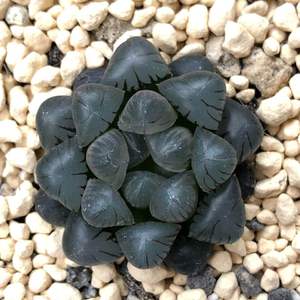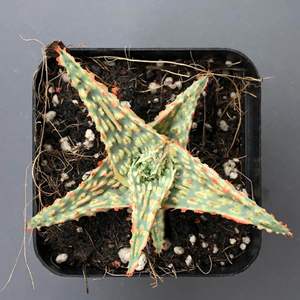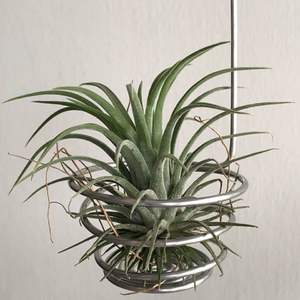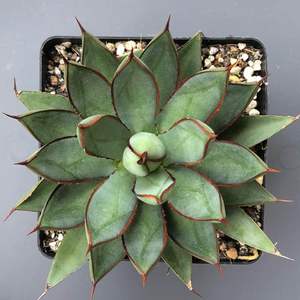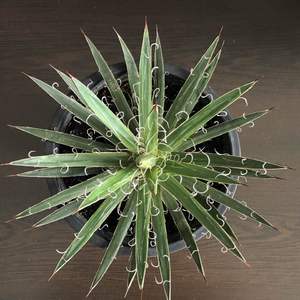文章
Miss Chen
2018年08月07日

Lady fern (Athyrium filix-femina) is part of a diverse group of ferns that populates natural woodland habitats around the globe. It's a sturdy addition to the woodland garden, too, thanks to the adaptations that allow it to grow well where other ferns might struggle.

Growth Habit
Lady fern grows in circular clumps of fronds, each of which is up to 3 feet long and as much as 1 foot wide at its widest part. The plant spreads by sending out slow-growing underground rhizomes from which new plants emerge; over time, colonies of the plants form dense clumps up to 7 feet in diameter. The ability to spread in this way, which not all ferns possess, is an adaptation that allows the lady fern to reproduce asexually without fertilization from another plant.
The clumps may be divided every few years in spring. Lady fern's growth habit is compact and manageable; it's not hard to keep it contained in a garden. If allowed to spread, however, it can function as a dense ground cover.
Frond Form
Lady fern's characteristic lacy appearance is the result of the complex structure of its fronds. Each frond consists of a central stem, or rachis, from which branch 20 or more lateral leaflets; the leaflets taper in length from wide at the bottom of the frond to narrow at the tip, giving the frond an overall wedge-shaped form. The leaflets are divided into 15 or more subleaflets, each of which is tapered in shape and serrated along its edges. The fern's numerous leaflets may help it tolerate fluctuations in temperature.
Natural Habitat
Lady fern is a native of northern regions of North America, Europe and Asia. In the United States, it is hardy in U.S. Department of Agriculture plant hardiness zones 4 through 8. It is winter-hardy in those zones, but it drops its leaves and goes dormant after the first frost in fall, an adaptation that helps the plant survive cold temperatures. In the wild, it grows in forests, ravines, meadows and swamps where soils are consistently moist and rich in organic matter.
In the garden, lady fern thrives in loamy soil that is well-drained but that does not dry out quickly. It also does well in soil that is slightly acidic, with a pH level below 6.8.

Sun and Drought Tolerance
Most ferns perform best in shady locations with consistently humid conditions, and lady fern is no exception; it fares best when protected from sun exposure and drought. It is, however, better adapted to be tolerant of sunny, dry conditions than many other fern species, and it can handle being placed in an area that gets full sun as long the soil around its roots remains moist.
Its long fronds may break if subjected to strong winds, though. So it is best grown in shelter provided by a nearby wall, hedge or other windbreak.

Growth Habit
Lady fern grows in circular clumps of fronds, each of which is up to 3 feet long and as much as 1 foot wide at its widest part. The plant spreads by sending out slow-growing underground rhizomes from which new plants emerge; over time, colonies of the plants form dense clumps up to 7 feet in diameter. The ability to spread in this way, which not all ferns possess, is an adaptation that allows the lady fern to reproduce asexually without fertilization from another plant.
The clumps may be divided every few years in spring. Lady fern's growth habit is compact and manageable; it's not hard to keep it contained in a garden. If allowed to spread, however, it can function as a dense ground cover.
Frond Form
Lady fern's characteristic lacy appearance is the result of the complex structure of its fronds. Each frond consists of a central stem, or rachis, from which branch 20 or more lateral leaflets; the leaflets taper in length from wide at the bottom of the frond to narrow at the tip, giving the frond an overall wedge-shaped form. The leaflets are divided into 15 or more subleaflets, each of which is tapered in shape and serrated along its edges. The fern's numerous leaflets may help it tolerate fluctuations in temperature.
Natural Habitat
Lady fern is a native of northern regions of North America, Europe and Asia. In the United States, it is hardy in U.S. Department of Agriculture plant hardiness zones 4 through 8. It is winter-hardy in those zones, but it drops its leaves and goes dormant after the first frost in fall, an adaptation that helps the plant survive cold temperatures. In the wild, it grows in forests, ravines, meadows and swamps where soils are consistently moist and rich in organic matter.
In the garden, lady fern thrives in loamy soil that is well-drained but that does not dry out quickly. It also does well in soil that is slightly acidic, with a pH level below 6.8.

Sun and Drought Tolerance
Most ferns perform best in shady locations with consistently humid conditions, and lady fern is no exception; it fares best when protected from sun exposure and drought. It is, however, better adapted to be tolerant of sunny, dry conditions than many other fern species, and it can handle being placed in an area that gets full sun as long the soil around its roots remains moist.
Its long fronds may break if subjected to strong winds, though. So it is best grown in shelter provided by a nearby wall, hedge or other windbreak.
0
0











